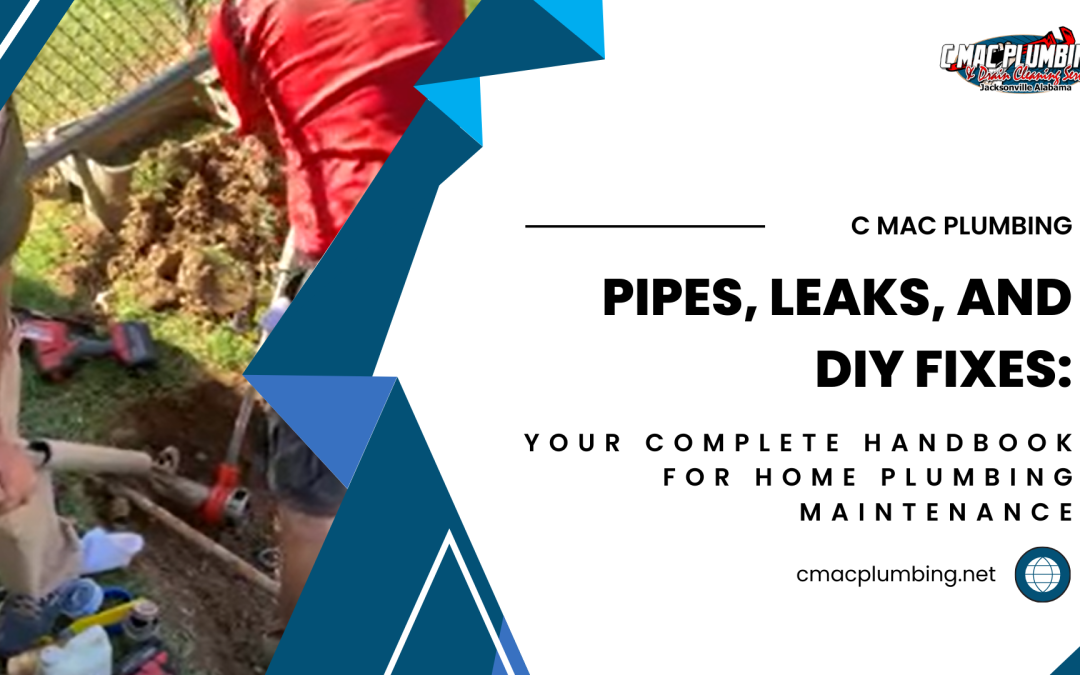Maintaining a well-functioning plumbing system is essential for the overall health of your home. While calling a professional plumber is necessary for complex issues, there are several routine maintenance tasks you can handle on your own. In this comprehensive guide, we’ll walk you through the essential steps of DIY plumbing maintenance to keep your pipes flowing smoothly.
- Regular Inspections: Conduct periodic checks on your plumbing system. Look for leaks, water stains, or unusual sounds. Early detection can prevent major issues.
- Clearing Drains: Clogged drains are a common problem. Invest in a good quality plunger or a drain snake to clear minor blockages. Avoid chemical drain cleaners as they can damage pipes.
- Checking for Leaks: Leaks can lead to water damage and increased water bills. Inspect faucets, showerheads, and visible pipes for leaks. Replace worn-out washers or tighten connections as needed.
- Water Heater Maintenance: Flush your water heater annually to remove sediment buildup. This ensures efficient heating and prolongs the life of the appliance.
- Inspecting Toilet Components: Check for leaks around the base of the toilet and ensure the tank components are functioning properly. Replace flappers or fill valves if necessary.
- Pipe Insulation: Protect your pipes from freezing by insulating them, especially in colder climates. This simple step can prevent costly repairs due to burst pipes.
- Sealing Leaky Faucets: A dripping faucet not only wastes water but also increases your water bill. Replace faulty washers or o-rings to stop the leaks.
- Maintaining Garbage Disposal: Keep your garbage disposal in top shape by running cold water while using it and avoiding putting hard items like bones or fibrous materials down the drain.
- Inspecting Washing Machine Hoses: Periodically check the hoses connecting your washing machine to prevent leaks. Replace hoses if they show signs of wear or bulging.
- Educate Yourself: Familiarize yourself with your home’s plumbing system. Know the location of shut-off valves and understand how to use them in case of emergencies.
By incorporating these DIY plumbing maintenance tasks into your routine, you can prevent major issues and keep your plumbing system in optimal condition. Remember, when in doubt or faced with a complex problem, it’s always wise to consult a professional plumber for assistance.


